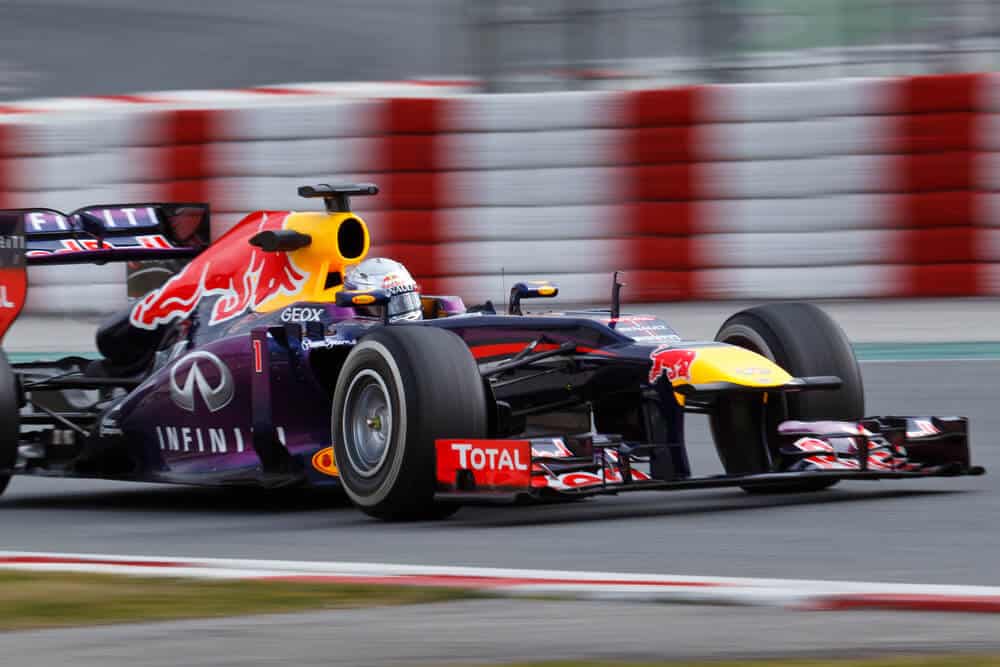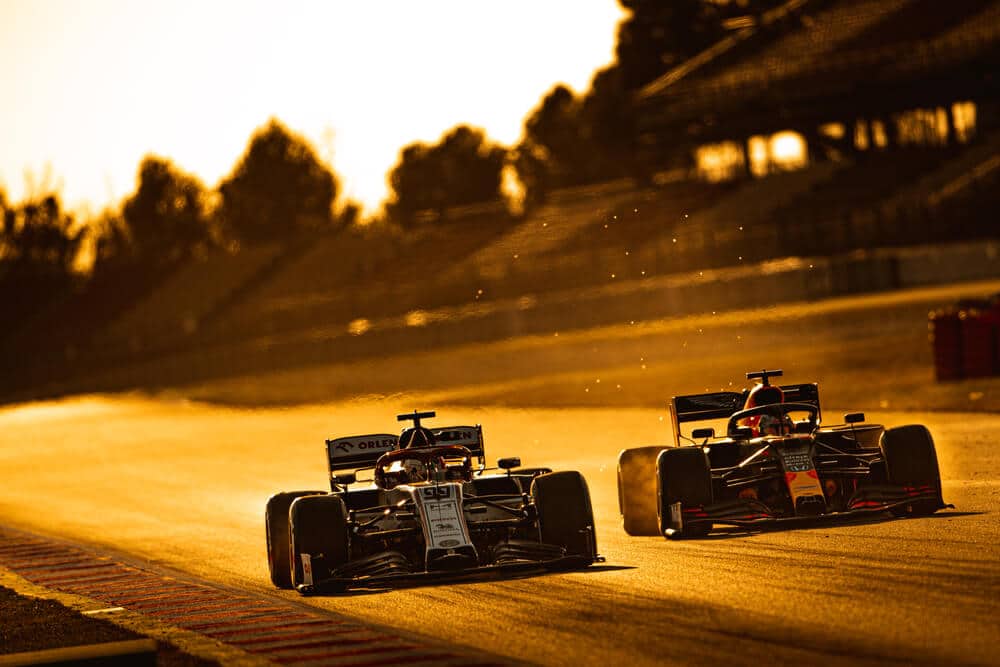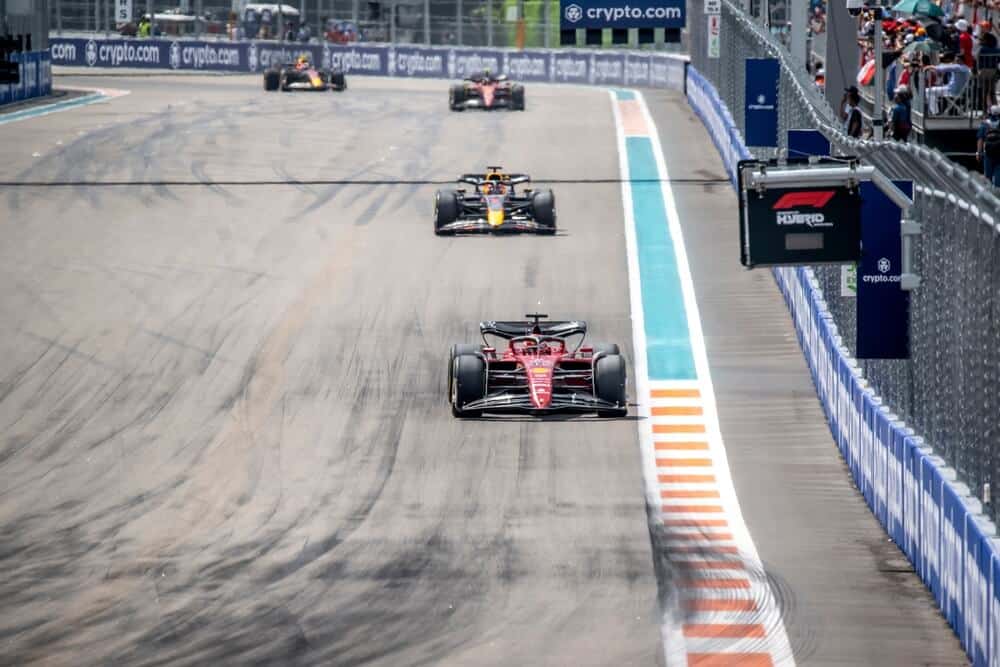One of the key components of an F1 car’s engine is the air intake. The air intake is responsible for supplying the engine with the oxygen it needs to run, and on a tight track like Monaco, every little bit of performance counts.
Formula 1 cars are among the most technologically advanced machines on the planet. They are also some of the fastest, with top speeds exceeding 200 mph. To achieve these speeds, F1 cars rely on a highly tuned engine that is capable of producing huge amounts of power.
In this article, we’ll take a closer look at the air intake in Formula 1 cars and find out how they’re able to get so much performance out of them. Stay tuned!
Table of Contents
Watch this video to undertsand the evolution of the F1 air intake.
What is air intake in F1?
The air intake in a Formula 1 car is responsible for supplying the engine with the oxygen it needs to run. The air intake is located at the front of the car, and it draws in air from the atmosphere. The air is then compressed and fed into the engine, where it combusts with fuel to power the car.
Formula 1 cars are able to achieve such high speeds due, in part, to their highly tuned engines. The air intake is one of the key components of an F1 car’s engine, and it plays a crucial role in supplying the engine with the oxygen it needs to run.
F1 teams spend a lot of time developing and testing different designs to find the best possible solution. The intake is located at the front of the car, and it needs to be designed carefully in order to draw in enough air while also minimizing drag.
Key takeaways
- Air intake is a critical component in the design of a Formula 1 car.
- The purpose of air intake is to bring cool, fresh air into the engine.
- Air intake has a direct impact on the performance of the engine.
- It is also a major factor in the aerodynamic design of a Formula 1 car.

Photo showing the air intake of a Formula 1 car.
Understanding air intake
How air intake affects a car’s performance on the track
One of the most important things to understand about the intake is how it affects a car’s performance on the track.
As we mentioned earlier, the air intake is responsible for supplying the engine with the oxygen it needs to run. The more oxygen that the engine has, the more power it will be able to generate. This means that the design of the intake has a direct impact on the performance of the engine.
Another important factor to consider is how air intake affects the aerodynamic design of a car.
The intake is located at the front of the car, and it needs to be designed in such a way that it doesn’t disrupt the flow of air around the car. If the intake is not designed properly, it can create drag and slow the car down.
This is why F1 teams spend a lot of time developing and testing different designs to find the best possible solution. The air intake is a critical component in the aerodynamic design of a Formula 1 car.
The benefits of an efficient air intake system
An efficient intake system can bring a number of benefits to a Formula 1 car. Here are some of the key benefits:
1. More power
An air intake that is designed to provide the engine with more oxygen will result in more power. This can be a major advantage on the track, especially on long straights where the car’s top speed is crucial.
2. Better fuel economy
A well-designed intake system can also help to improve the car’s fuel economy. This is because the engine will be able to run more efficiently, which means that less fuel will be needed to generate the same amount of power.
3. Improved aerodynamics
A well-designed air system can also improve the aerodynamic design of the car. This is because it can help to reduce drag and improve airflow around the car.
4. Enhanced cooling
An efficient air system can also help to improve the car’s cooling system. This is because it will allow more air to flow into the engine, which will help to keep the engine cooler.
The future of air intake in Formula 1
As the sport of Formula 1 evolves, so too does the technology that is used. This means that teams are always looking for ways to improve the performance of their cars.
One area that is ripe for development is intake of air. We are likely to see teams experimenting with different designs in the future in order to find even more efficient solutions.
The benefits of an efficient air intake system are clear, and it is likely that we will see more teams adopting these systems in the future. With the ever-increasing importance of aerodynamic performance, it is likely that it will become even more important in the years to come.
One of the most important things to understand about air intake is how it affects a car's performance on the track.
Frequently Asked Questions about Air Intake
1. What is air intake?
2. How does air intake affect the performance of a Formula 1 car?
3. What is the ideal air intake design?
Conclusion
The intake of air is a critical component of a Formula 1 car, and it can have a major impact on the performance of the car. teams spend a lot of time developing and testing different designs to find the best possible solution.
The benefits of an efficient intake system are clear, and it is likely that we will see more teams adopting these systems in the future. With the ever-increasing importance of aerodynamic performance, it is likely that air intake will become even more important in the years to come.
Article sources
Learn more about Formula One
Want to learn more about F1? Then visit our Formula 1 glossary and dictionary.



